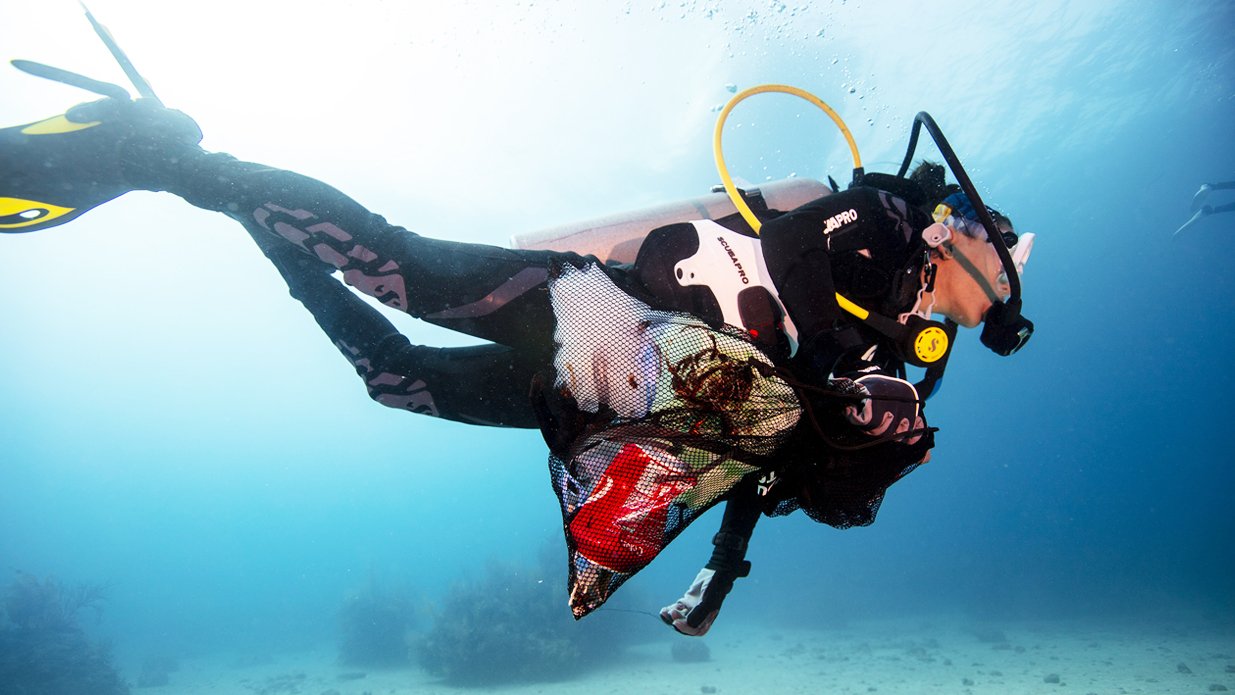https://www.technicpack.net/modpack/modern-appeal.2008160
https://wakelet.com/wake/nLgQ-thPF2qqMBAGmfoqn
https://alumni.life.edu/sslpage.aspx?pid=260&dgs884=3&rid884=15501&tid884=9955
https://www.open.edu/openlearn/tag/index.php?tc=1&tag=Rising%20Popularity%20of%20USA
Split face diving is a term that has emerged in the diving community, referring to a technique where a diver descends face-first into the water, often in a streamlined position. This approach is distinct from traditional diving methods where individuals enter the water in a more upright posture. Split face diving is known for its efficiency in minimizing water resistance and maximizing speed during descent.
The Appeal of Split Face Diving:
Enthusiasts of split face diving are drawn to the technique’s streamlined nature and the sensation of moving through the water with reduced drag. This approach is popular among free divers and those seeking to push the boundaries of their underwater experiences. While the technique itself is not inherently dangerous, complications can arise if proper safety measures and precautions are not taken.
Risks and Safety Measures:
Shallow Water Hazards: Split face diving in shallow waters poses a significant risk of injury. Divers may misjudge the depth, leading to collisions with the ocean floor or submerged obstacles. Proper training and awareness of the dive site are essential to mitigate this risk.
Barotrauma: Rapid descents can result in barotrauma, where the pressure changes cause damage to the ears, sinuses, and other air-containing spaces in the body. Equalizing pressure is crucial during any dive, but especially in the streamlined descent of split face diving.
Loss of Consciousness: As with any breath-hold diving activity, there is a risk of shallow water blackout due to hypoxia. Proper breath-hold training, understanding one’s limits, and having a reliable buddy system can help prevent accidents related to loss of consciousness.
Equipment Failure: Malfunctions in diving equipment, such as a malfunctioning mask or snorkel, can lead to emergencies underwater. Regular equipment checks and maintenance are paramount to ensure a safe dive.
Inadequate Training: Insufficient training in split face diving techniques and safety procedures increases the likelihood of accidents. Divers should undergo comprehensive training programs and gain experience under the guidance of certified instructors.
The Importance of Responsible Diving:
While split face diving can offer an exhilarating experience, it is essential to approach this activity with a strong emphasis on responsibility and safety. Divers must be aware of their surroundings, understand the potential risks, and prioritize proper training and equipment maintenance. Additionally, adhering to established safety guidelines and diving within one’s skill level are critical components of responsible diving practices.
The Tragic Reality: Diving Accidents and Their Impact:
Despite the precautions and safety measures in place, diving accidents can still occur, leading to tragic consequences. The term “split face diving accident” may refer to incidents where individuals encounter difficulties during the descent or face unforeseen challenges underwater. These accidents serve as poignant reminders of the unpredictable nature of the underwater world and the need for continuous vigilance.
Lessons Learned from Diving Accidents:
Education and Awareness: Diving accidents underscore the importance of education and awareness within the diving community. Increasing knowledge about the risks associated with split face diving and sharing experiences can contribute to a collective effort to enhance safety.
Emergency Preparedness: Divers and diving professionals must prioritize emergency preparedness. This includes regular drills, understanding emergency protocols, and having access to safety equipment such as first aid kits and oxygen tanks.
Community Support: The diving community plays a crucial role in supporting each other. Establishing a culture of open communication, sharing experiences, and learning from both successes and failures fosters a supportive environment that prioritizes safety.
Continuous Improvement: Diving organizations and regulatory bodies should engage in continuous improvement of safety standards. Regular reviews of guidelines, incorporation of technological advancements, and collaboration with the diving community can contribute to safer practices.
Moving Forward: Balancing Adventure and Safety:
As the popularity of split face diving continues to grow, it is imperative to strike a balance between the thrill of adventure and the commitment to safety. Responsible diving practices, ongoing education, and a community-driven approach are key elements in minimizing the risks associated with this exhilarating activity. By learning from both successful dives and unfortunate accidents, the diving community can collectively evolve and ensure that the underwater world remains an awe-inspiring yet safe realm for exploration.
Conclusion:
The world of split face diving offers a unique and captivating perspective on underwater exploration. However, it is crucial to approach this activity with a deep understanding of the potential risks and a commitment to safety. Diving accidents, while tragic, provide valuable lessons that can guide the diving community toward continuous improvement and responsible practices. As enthusiasts and professionals alike continue to embrace the beauty of the underwater world, let us navigate its depths with a profound respect for its unpredictability and a dedication to preserving the safety and well-being of all who venture beneath the surface.








